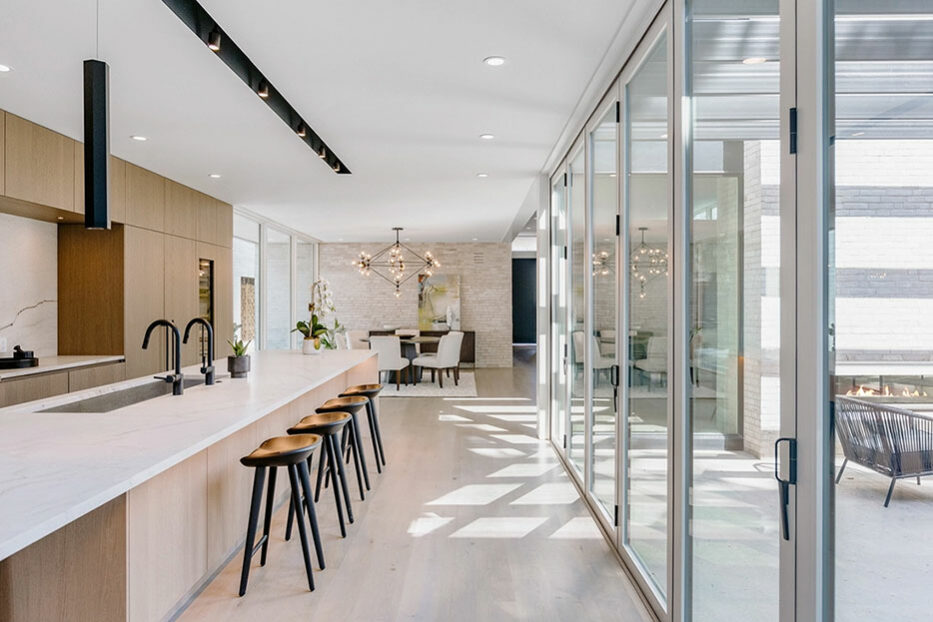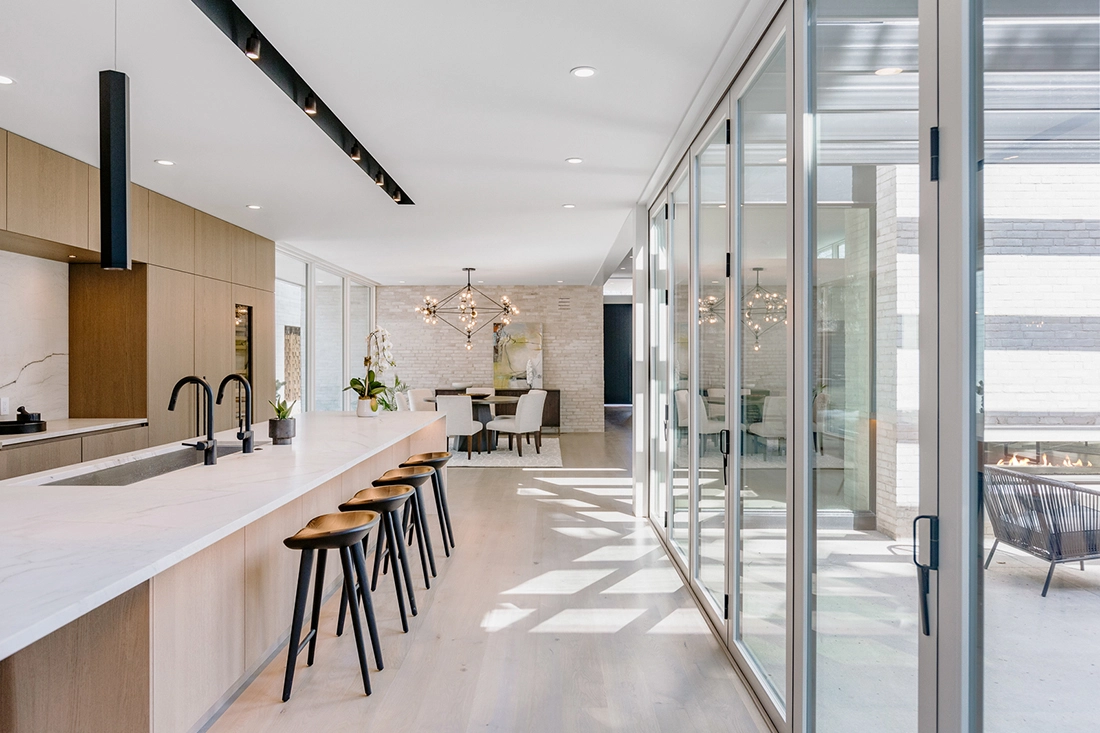
get the word on Colorado’s Emerging Architectural Trends
Between 2010 and 2020, Colorado’s population swelled at nearly twice the rate of the rest of the United States. Although the rate at which outdoor lifestyle enthusiasts and job-seekers are moving to Colorado is slowing down, a surge in the population within the past decade has created new communities and completely transformed established neighborhoods in the Centennial State. A quick drive up or down I-25 will show multitudes of distinct housing projects and expansive site pads boasting new buildings to come. The expansion of infrastructure follows suit. As growth continues, brokers, architects and design aficionados may ask themselves: What trends are defining the new era of Colorado’s architecture?
From luxury townhomes to fully customized mountain oases, a palpable emergence of new architectural and design trends is appearing within the spotlight — all of which are in high demand for the state’s unrelenting buyers. Exemplary of this dichotomy is how Ella CityHomes — an enclave of 35 residences steeped in luxury finishes within Denver’s 9th + Colorado development — sold out within two years of breaking ground, far exceeding its forecasted expectations.
Denver is not the only Colorado city in which design trends are emerging — or rather, re-emerging. Louisville’s Trails at Clementine development brings its residents back into Boulder County’s century-long agricultural and sustainable history with on-site gardening plots and easy access to nature trails — and with no shortage of sleek, stylish interiors. While an influx of new residents created a competitive demand for homes, we sat down with local architects to understand what exactly buyers are demanding.
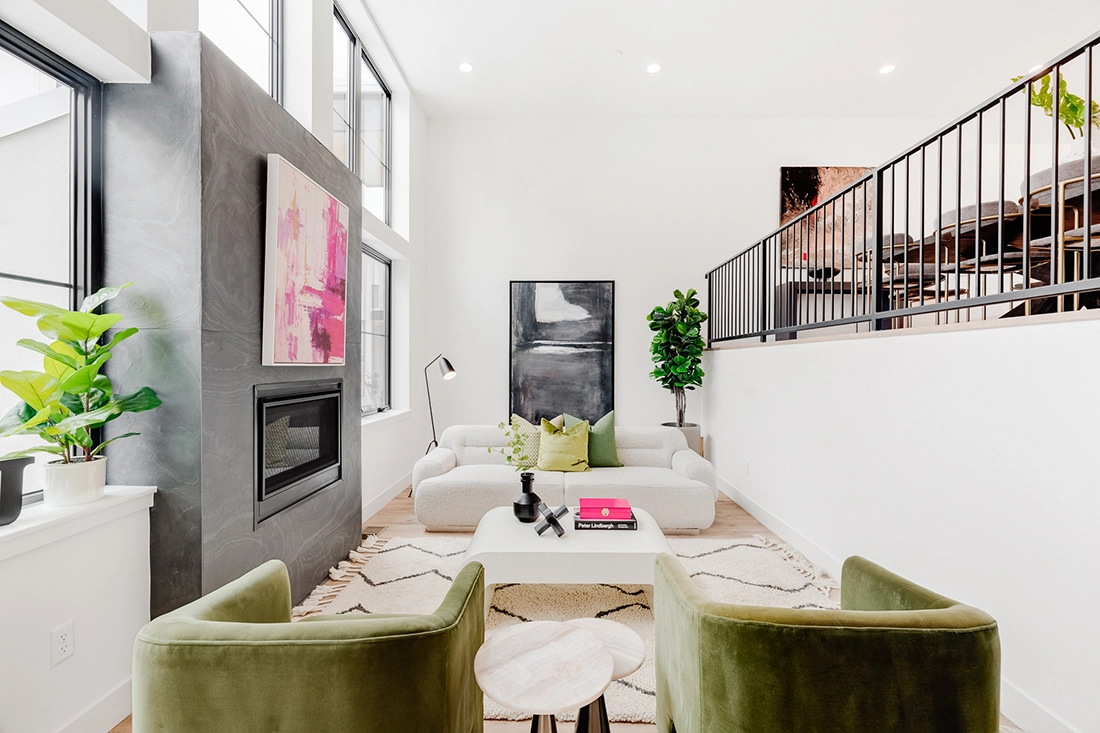
a convergence of the coasts
Unsurprisingly, the majority of out-of-state residents migrating to Colorado hail from opposing coasts, with California, New York and Texas amongst the top ten. “With the pandemic, there’s been this big flee from California and New York City. They are drawn to Colorado’s sunny climate, access to the outdoors and its centrality to the coasts,” says Anna Moore of MHK Architecture & Planning.
Although the majority of new residents have flocked to the Front Range, Moore notes the uptick in new architectural trends in mountain towns such as Aspen. “Something we have seen in Aspen in the past three years is the swing from traditional mountain homes to a very distinct Los Angeles style; sleek lines, expansive glass and clean, modern design,” continues Moore. “When I’ve talked to real estate brokers, they see the pendulum swinging. I believe we’re going to see the modern trend for a while, and the Front Range is very indicative of that. Even if you look at the mid-level homes in the Denver area, they are all aiming for that LA look. It’s a refreshing take.”
These sleek trends are not restricted to single-family homes. In Denver and Boulder, an increasing number of townhome and multifamily projects acknowledge the need for more housing with conservative use of space. Architects such as Haily Tweedie of Tweed Studio take notes from New York City living to make the most out of less expansive spaces. “With a rapid production of townhomes and apartment buildings, the size of the average residence in Denver is shrinking,” notes Tweedie, “but there is a psychology in understanding tiny spaces. Architects can balance these spaces with built-ins, natural light — anything to make the spaces feel bigger. It’s a challenge that comes from my training in New York, and I love it.”
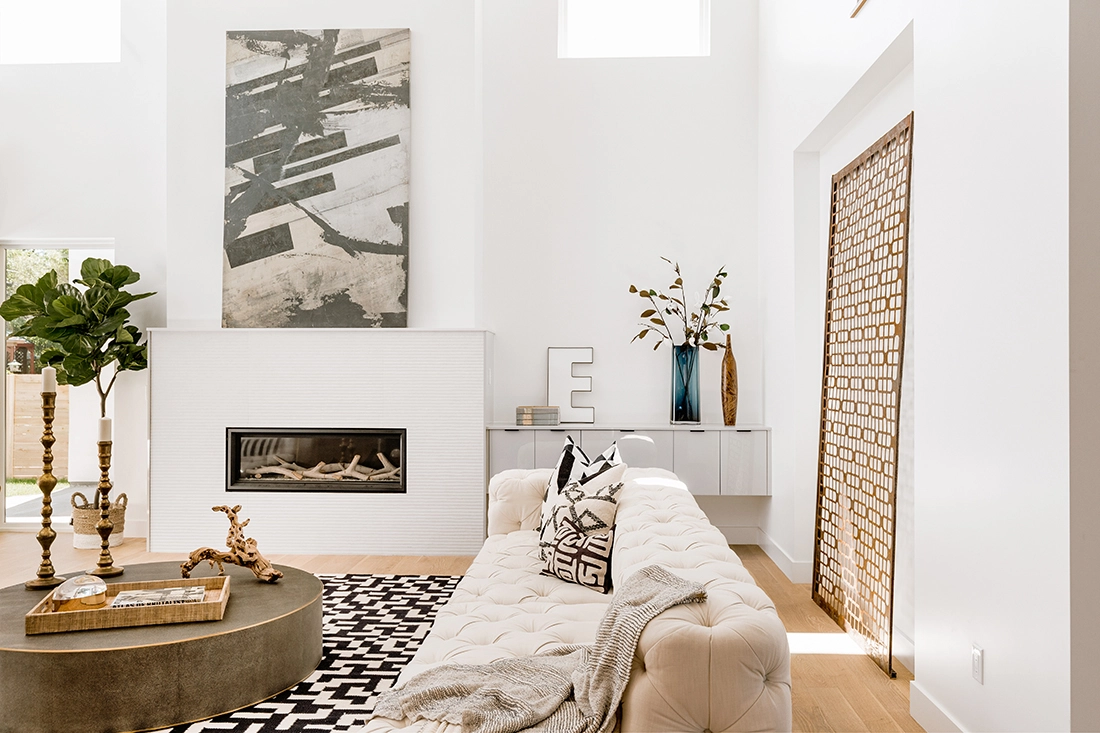
sustainable practices
The importance of sustainable building practices is more prevalent than ever. Says Tweedie, “Since I arrived in Colorado in 2009, sustainability has been ramping up exponentially. A new generation of Colorado residents love the outdoors and respect the environment, and the government itself has been advocating for a lot of these positive environmental changes.
“The challenge from a residential standpoint is that it is hard to justify sustainable practices with the inflation of building materials, but we have to move in a direction to just be better. Government initiatives for sustainable building practices are allowing people to realize the small changes we can make for a more positive future.”
Space is another defining factor of new trends in Colorado. Size, whether an expansive mountain home or a community of condos, directly relates to energy consumption. Larger homes may consume more energy, but mid-size homes or apartment buildings built prior to the movement towards environmentally friendly practices may also be less efficient.
S*Park, or Sustainability Park, is a multifamily “Agrihood” community project that scales sustainable practices across a whopping 91 contemporary residences. From studios to three-bedroom homes, each space utilizes solar energy, LED lighting and access to commercial spaces that share the same green ideologies such as Altius greenhouse, Lacuna Yoga and Third Culture bakery. As more outdoor-loving residents flock to Denver and Boulder, architects continue to consider enhancing green lifestyles with community garden spaces, clean energy consumption and outdoor connectivity with patios and rooftop decks.
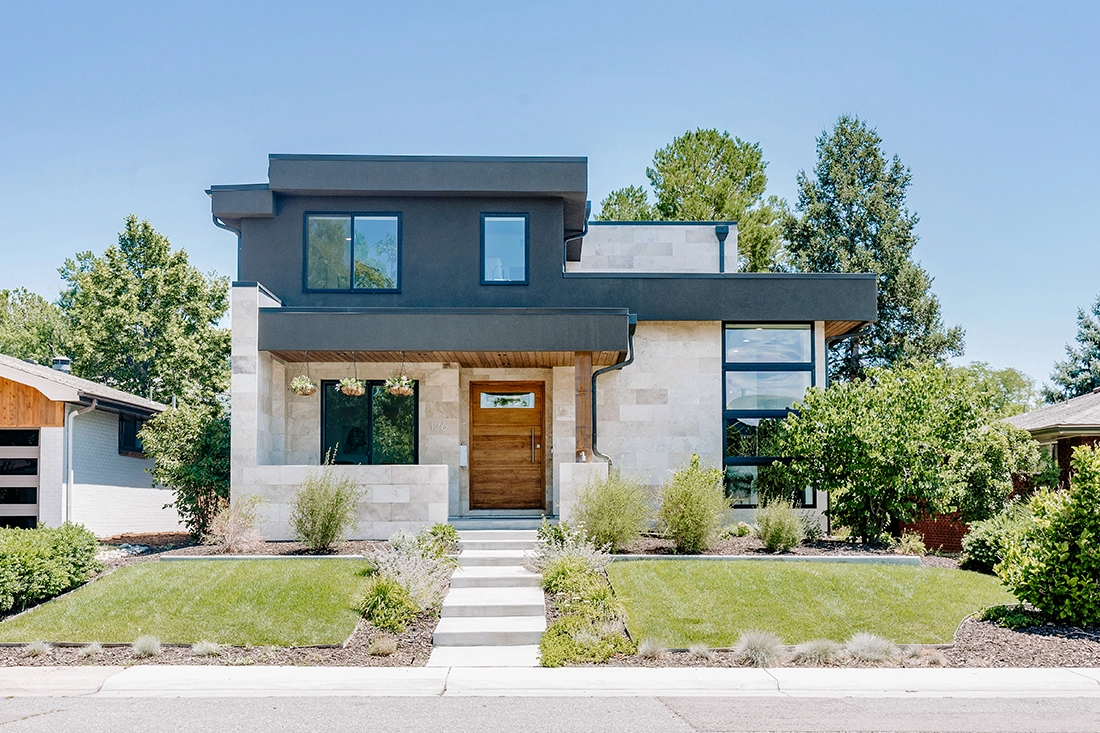
the future ahead
What do architects see when peering into the future of Colorado’s style? As Moore notes, “The new development style has been quite a departure from historic trends. In Denver, bungalow-style brick homes and low-lying roof lines dominated in the past. The stark contrast with linear residences and box-like structures is a testament to the fast-growing nature of the city. Even mountain homes are leaning into a more modern composition.” It is what the people want and, perhaps more importantly, what can be created to quickly keep up with the demand — but will the style withstand the test of time?
If referencing Colorado’s last major housing boom, the answer is yes. According to DenverUrbanism, 31,000 Denver homes were built between 1950 and 1959, many of which subscribed to the popular ranch-style Usonian composition. Nowadays, these homes are generally referred to as “mid-century modern,” a style that has seen a steady increase in demand from homebuyers — so much so that some of the area’s brokers build their business model around it.
Mid-century modern homes and the new wave of contemporary buildings share many of the same design features: soaring ceilings, expansive stretches of glass and an emphasis on clean, linear modality. Could these re-emerging trends be speaking to the need for straightforward, readily available housing, or perhaps the desire for more modern simplicity so that Coloradoans can better focus on the natural beauty that surrounds them? The answer may be both.
You May Also Like: The Inimitable Draw of Boulder, Colorado
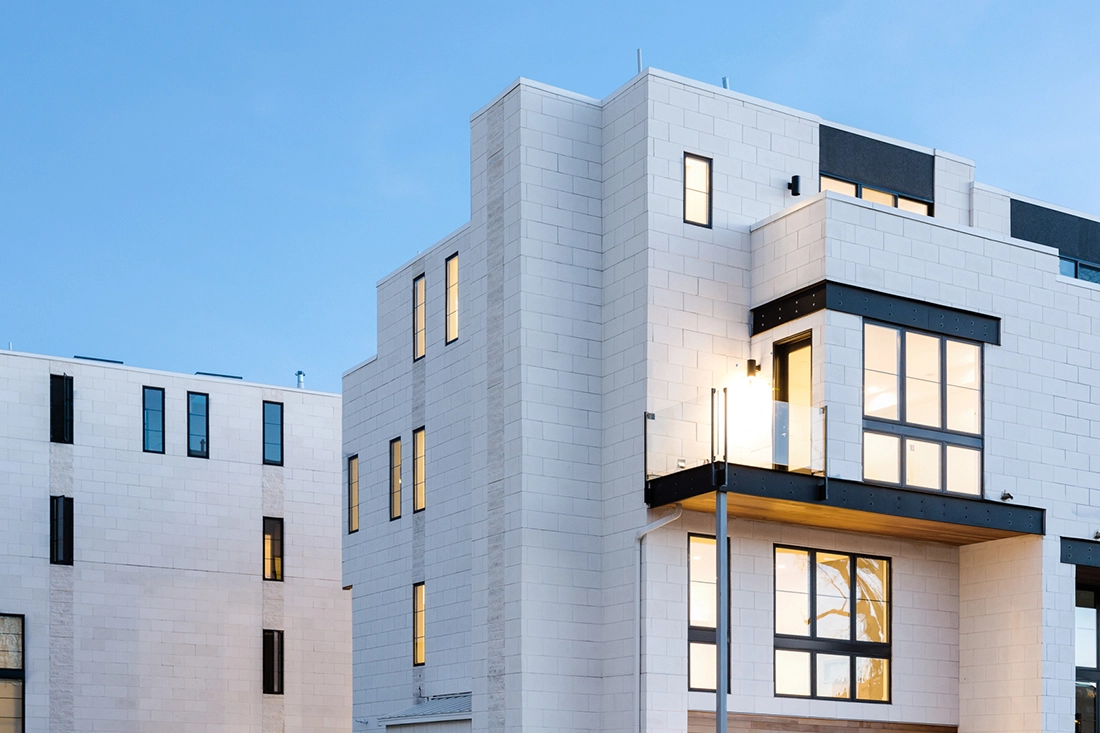
SUBSCRIBE
to stay in the know
Your dose of the coolest properties, seductive architecture, influential design, art that matters and community happenings.

